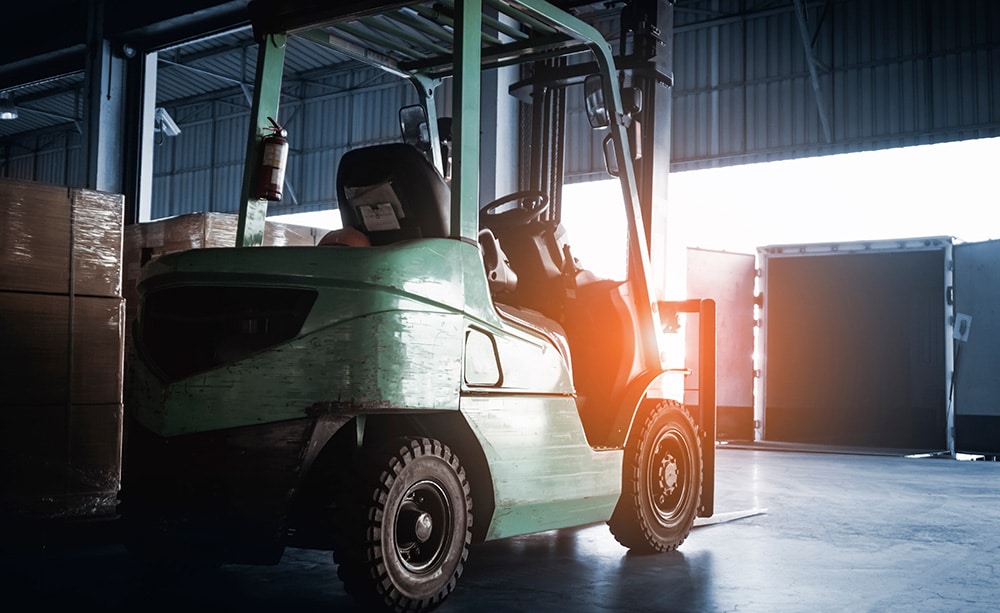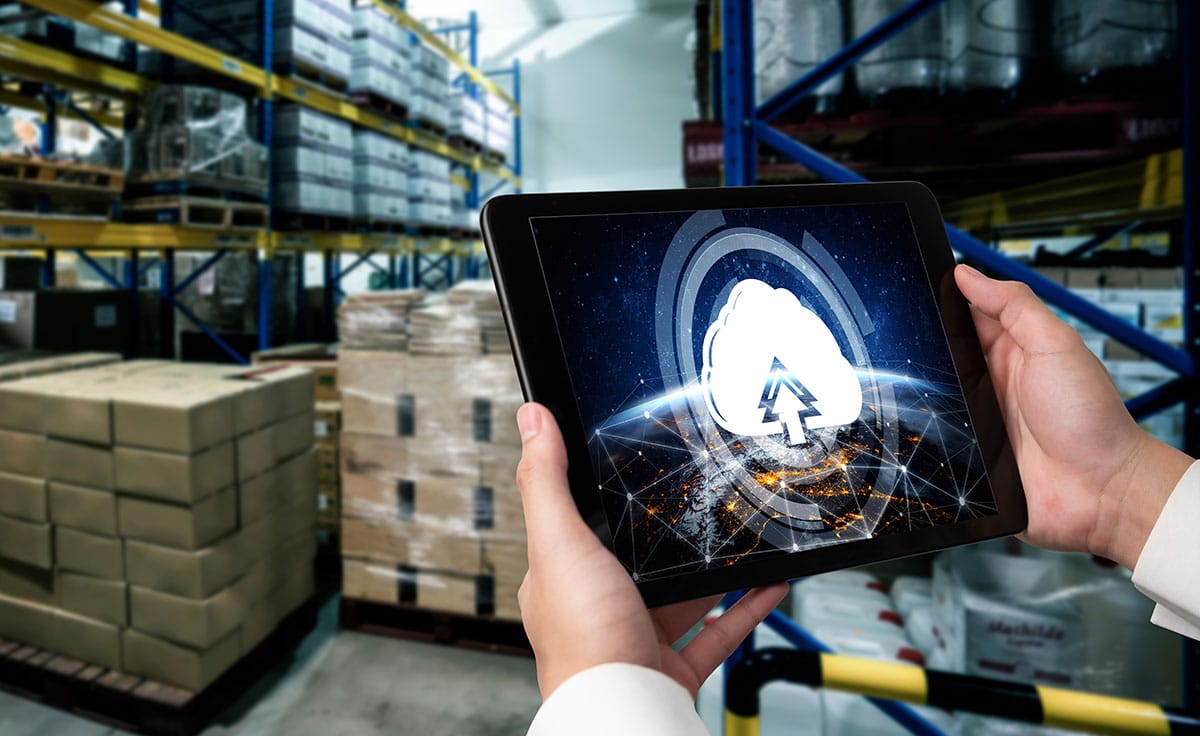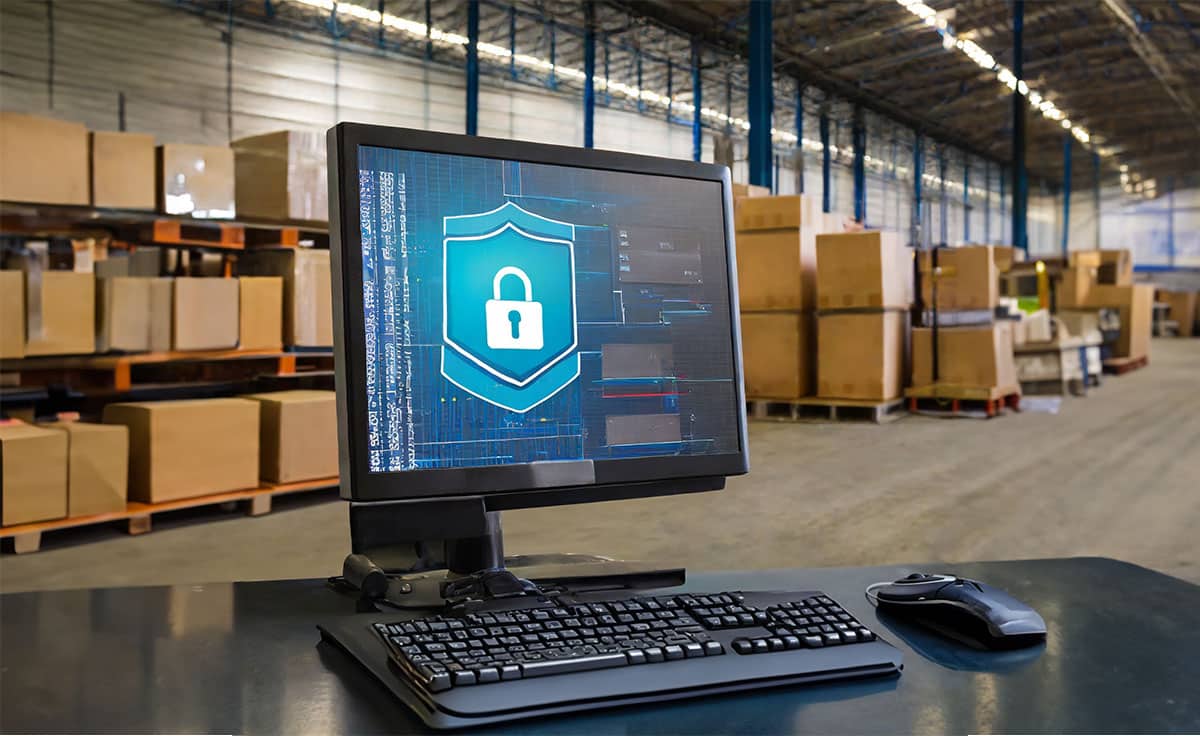Many articles about robots in the distribution center include predictions of large scale job losses. “Robots Replace People” is a good, attention-grabbing headline, but the truth is more complicated.

In the long run, more robots may mean fewer overall warehouse jobs, but not in the near term. Here are four current truths about robots, jobs, and how robots are changing the warehouse execution challenge.
1) Robots Are Not Killing DC Jobs
Gartner recently predicted that by 2021 “one in 10 warehouse workers in established economies will be replaced by autonomous mobile robots (AMRs).” (Gartner Predictions For The Future Of Supply Chain Operations in 2018) I’ve never heard anyone fret about the job killing potential of conveyors, sorters, or AS/RS systems. And I doubt that robots will have dire effects on DC employment in the next five years.
Warehouse and DC jobs in the U.S. have been increasing steadily since 2012, with some estimates putting job growth as high as 46% over the past five years. Companies are adding thousands of warehousing jobs every month as the economy continues to grow and companies build new facilities to address the changing fulfillment demands of ecommerce.
By our estimates, ecommerce growth will generate a 20 percent boost in DC labor demand between 2018-21, even if robots, traditional automation, and other productivity technologies (such as voice picking and warehouse optimization solutions) displace some potential DC jobs. At most, robots will slow the growth in hiring in warehouses and distribution centers. And a rising tide of DC technology investments in general will lift worker productivity and allow DC operators to raise warehouse wages to attract and retain the workers they need without sacrificing profits. This leads to a second truth.
2) Today’s Robots Need People
First generation DC robots – specifically autonomous mobile robots (AMRs) – are highly dependent on human workers to handle products. While some technology companies are developing fully autonomous picking robots that can travel and pick product, those robots are much further from wide commercial adoption than AMRs.
Kiva, which was acquired by Amazon in 2013, was a pioneer of autonomous mobile robots for goods to man picking. The Kiva robots rely on people to unbox items and put them in bins on shelves that are later delivered to workers who pick products. Newer AMRs from companies like Locus Robotics can also travel to pick locations where they meet workers who pick and place items on the robots (robot-to-goods picking, as opposed to goods-to-man).
The symbiotic relationship between workers and robots has given rise to a new term, collaborative robots or cobots. Cobots complement pickers and other warehouse staff, making people more productive and thereby reducing the number of workers needed to ship a given volume of orders.
Kiva robots didn’t eliminate people from handling products, but they have helped Amazon rapidly grow its distribution network and add tens of thousands of new DC workers. Tye Brady, Amazon Robotics’ chief technologist made a similar point about human-robot collaboration in a recent interview in Robotics Business Review.
Which brings me to the third truth.
3) Some Robots Are Not So Different From AGVs
A recent article by Steve Banker of ARC Advisory Group described the varying levels of “smarts” that differentiate automated guided vehicles (AGVs) from autonomous mobile robots (AMRs). While AGVs traditionally stick to pre-defined travel paths outside of the main areas where people work, AMRs adapt their travel paths and roam freely among workers.
Despite the differences, the applications for the two types of vehicles are converging. In fact, the killer app for AMRs may be in providing a lighter, lower cost alternative to AGVs as transport vehicles. In this scenario, workers will stay within their picking zones and AMRs will move products over long distances within a DC – either between warehouse zones or from pick areas to consolidation or shipping areas. This leads to a final truth.
4) Robots Create New Warehouse Execution Challenges
Cobots will force DCs to change how they organize and coordinate the work performed by humans and their robotic helpers. Using AMRs as take-away or transport systems will eliminate some worker travel, but warehouses will still need to optimize pick rates and minimize worker travel within picking areas.
In short, even DCs using robots will need warehouse optimization software for manual process optimization through intelligent work batching, real-time pick-path optimization and other forms of software smarts. Likewise, human order pickers will have to be closely coordinated with AMRs to ensure your DC is fully utilizing its robots and getting products sorted, packed, and shipped on time.
Coordination of workers and AMRs is even more challenging in a robot-to-goods scenario where workers rendezvous with AMRs at pick locations. This represents an all-new kind of optimization challenge that requires warehouse execution software that directs workers and robots. Today, most robotics systems do not direct workers; pickers read their pick instructions on the screen of the robot but they are otherwise unconnected from the robot control software.
This new warehouse execution challenge requires software solutions that can optimize processes and direct the activities of robots and people, while providing flexibility, scalability, and efficiency. These solutions meld mobile work execution for manual activities with robot control systems. Most importantly, these solutions will strike a balance across a number of operational objectives, not just reduced labor costs.





